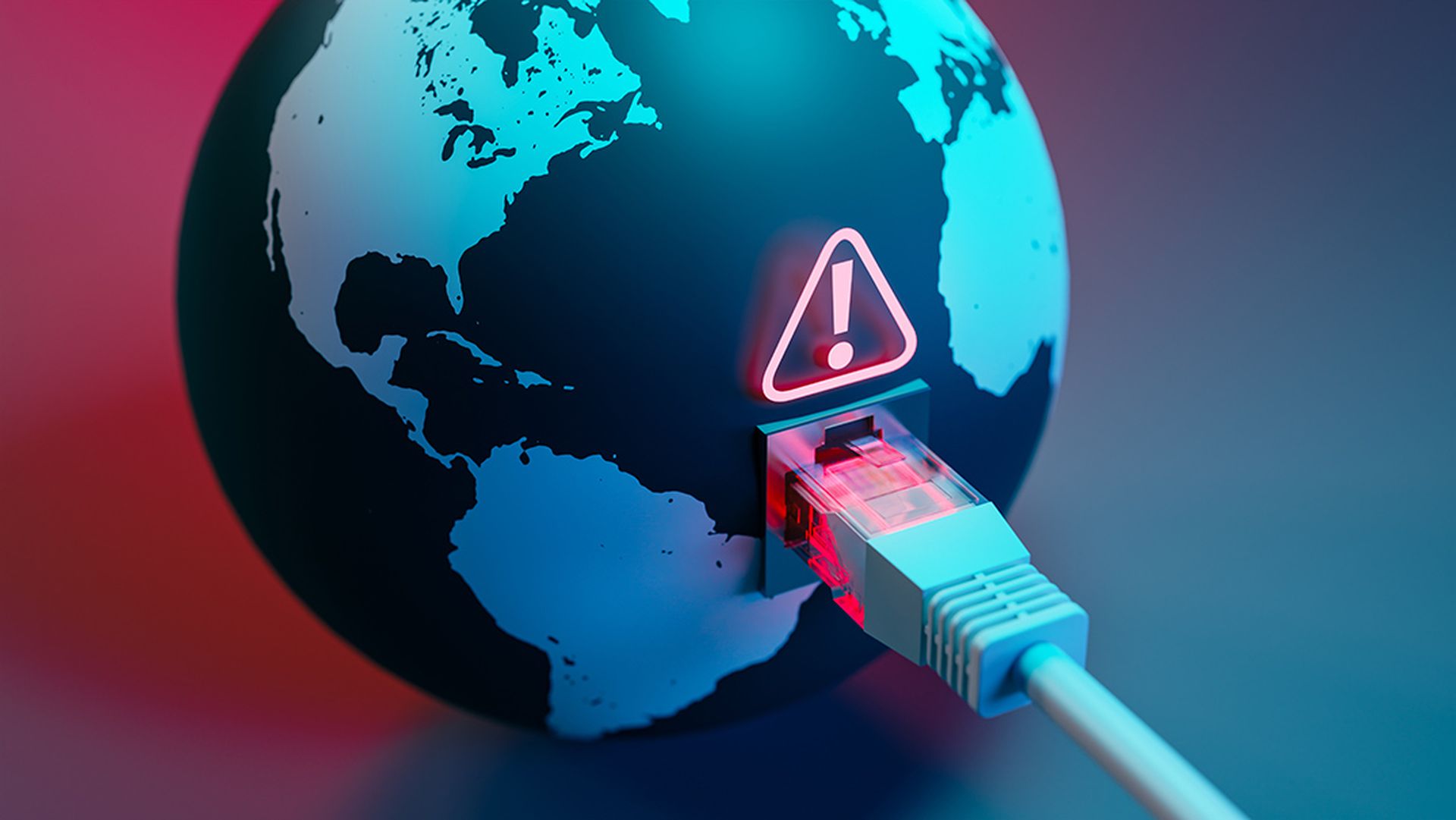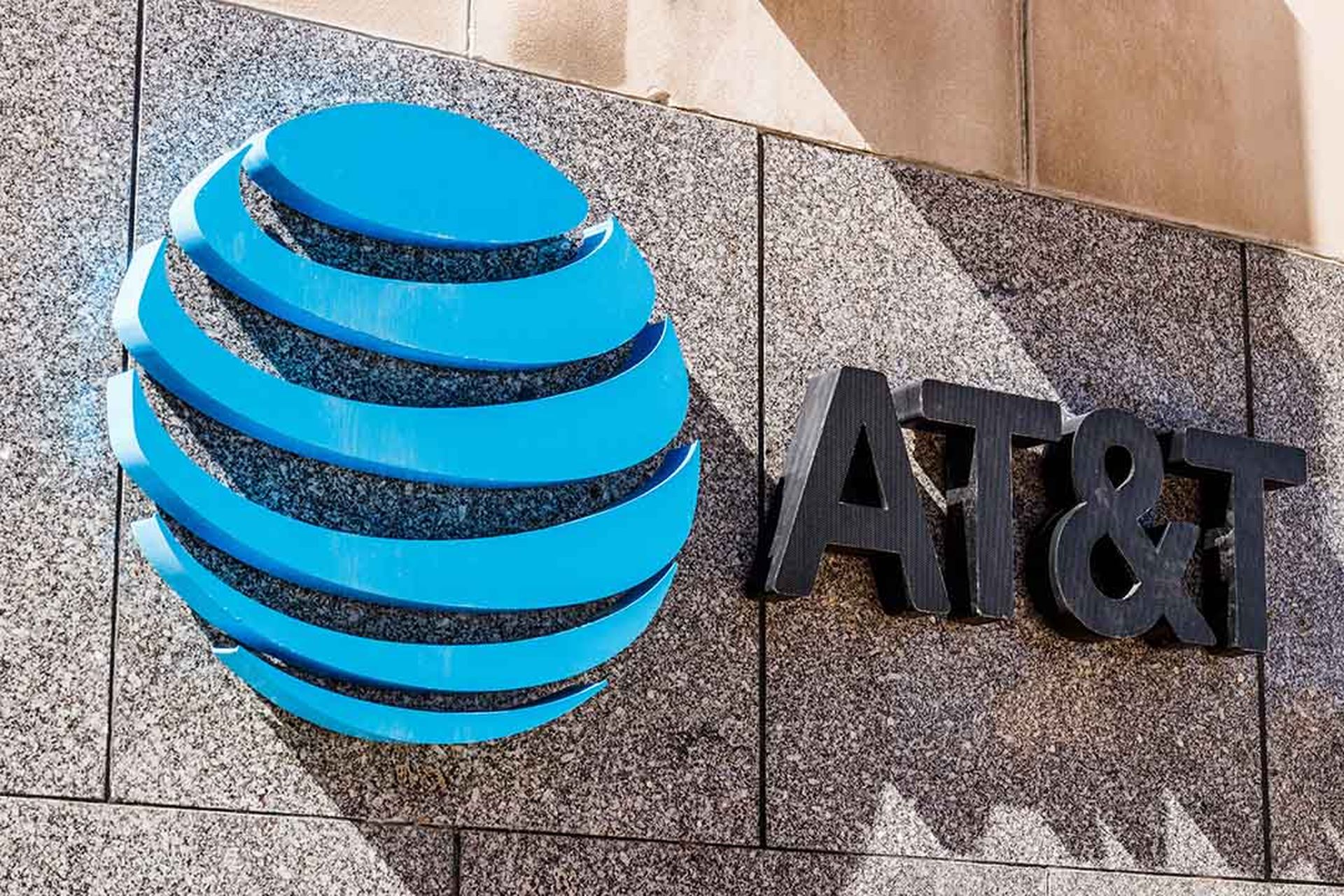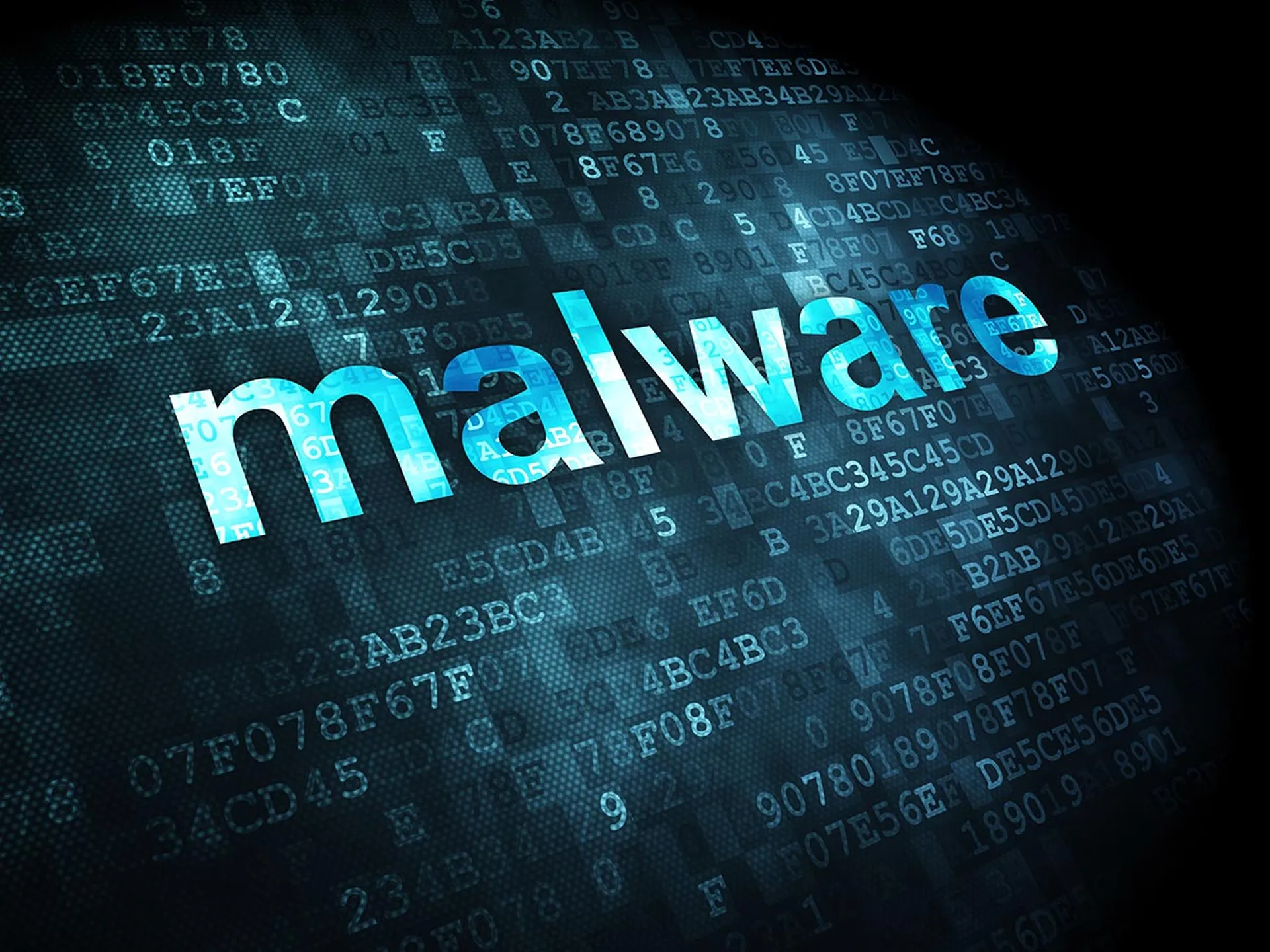A recent ransomware attack may impact Cognizant's revenue and overall financial results, the global IT consulting firm and MSP (managed IT service provider) disclosed in an SEC filing.
The background: Cognizant publicly confirmed the Maze ransomware attack on April 18, 2020. The attack infected some of the IT consulting firm's customers, though Cognizant did not disclose the number of customers, systems or applications that got hit.
In the related SEC filing, the company says:
"Although we are in the early stages of assessing this incident, the attack has caused and may continue to cause an interruption in parts of our business and may result in a loss of revenue and incremental costs that may adversely impact our financial results."
Cognizant did not provide actual dollar estimates or cost figures tied to the incident.
Ransomware Attacks Repeatedly Target MSPs, IT Consulting Firms
Alas, Cognizant and MSPs of all sizes remain prime targets for ransomware attacks. Examples include:
- January 2020: A Sodinokibi ransomware attack spread from an upstate New York hosting provider and MSP to Albany airport’s IT systems during the Christmas 2019 holiday.
- December 2019: A California MSP suffered Sodinokibi ransomware attack. And remote access software extends attack to customers, report says.
- December 2019: Zeppelin ransomware targeted MSPs, healthcare & technology companies, Cylance research suggests.
- December 2019: A ransomware attack spread from a Colorado MSP through remote access software to more than 100 dentistry practices.
- December 2019: CyrusOne suffered ransomware attack that impacted six managed services customers.
- September 2019: Texas CISO Nancy Rainosek shared five MSP security lessons after 22 Texas local government agencies suffer ransomware attacks.
How to Protect MSPs From Ransomware
The FBI and U.S. Department of Homeland Security have repeatedly warned MSPs and their technology platform providers about such attacks.
To safeguard against such attacks, ChannelE2E recommends the following MSP steps:
1. Embrace Multi-Factor Authentication: Activate two-factor/multi-factor authentication (2FA/MFA) on all systems — including MSP software platforms, administrator systems and end-user systems where ever possible. Longer-term: Check in with all of your vendors to understand the current state of their 2FA / MFA strategies, upcoming enhancements and multi-vendor relationships.
2. Configure BDR and Security System Alerts: Check in with security and business continuity platform suppliers. Learn how to properly configure BDR and security systems so that administrators receive alerts whenever system settings are changed or adjusted. Longer-term: Potentially explore third-party 2FA/MFA platforms that can assist this effort. Strive to ensure that BDR and security setting updates/changes require an approved MSP administrator who has 2FA/MFA access.
3. Embrace an MSP Documentation Platform to document your data protection and cybersecurity processes, disaster recovery plans, etc.
4. Stay Informed: Sign up immediately for U.S. Department of Homeland Security Alerts, which are issued by the Cybersecurity and Infrastructure Security Agency. Some of the alerts specifically mention MSPs, CSPs, telcos and other types of service providers.
5. Build Your Long-term Plan: Study the NIST Cybersecurity Framework to understand how to mitigate risk within your own business before moving on to mitigate risk across your customer base.
6. Boost MSP Employee and End-user Awareness: Explore cybersecurity awareness training for your business and your end-customers to drive down cyberattack hit rates.
7. Integrate Wisely: Connect the dots between your cybersecurity and data protection vendors. Understand how their offerings can be integrated and aligned to (A) prevent attacks, (B) mitigate attacks and (C) recover data if an attack circumvents your cyber defenses.
8. Partner With MSSPs: All MSPs need to get more serious about managed security services. But it’s unwise to suggest that all MSPs will transform into full-blown MSSPs. As an MSP, decide which pieces of the risk mitigation puzzle you can truly manage, then partner up with a true MSSP to fill your gaps. (Related: Top 200 MSSPs, from MSSP Alert.)
9. Refocus Your Travels: As face-to-face conferences get canceled amid the coronavirus pandemic, explore virtual alternatives to continue your cyber education.
10. Additional Suggestions: If you are aware of such attacks and have best practices for risk mitigation and recovery, email me: [email protected].




